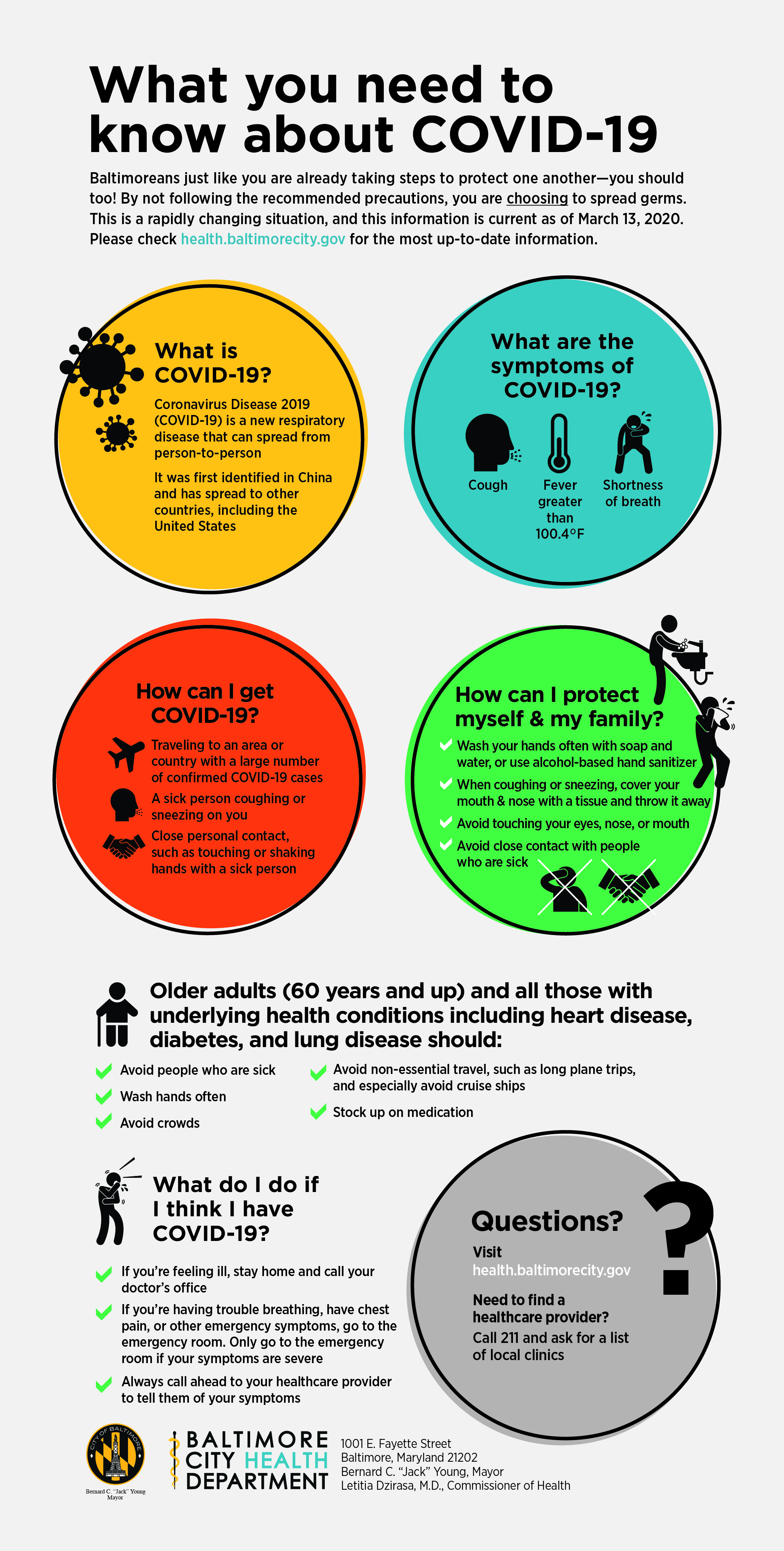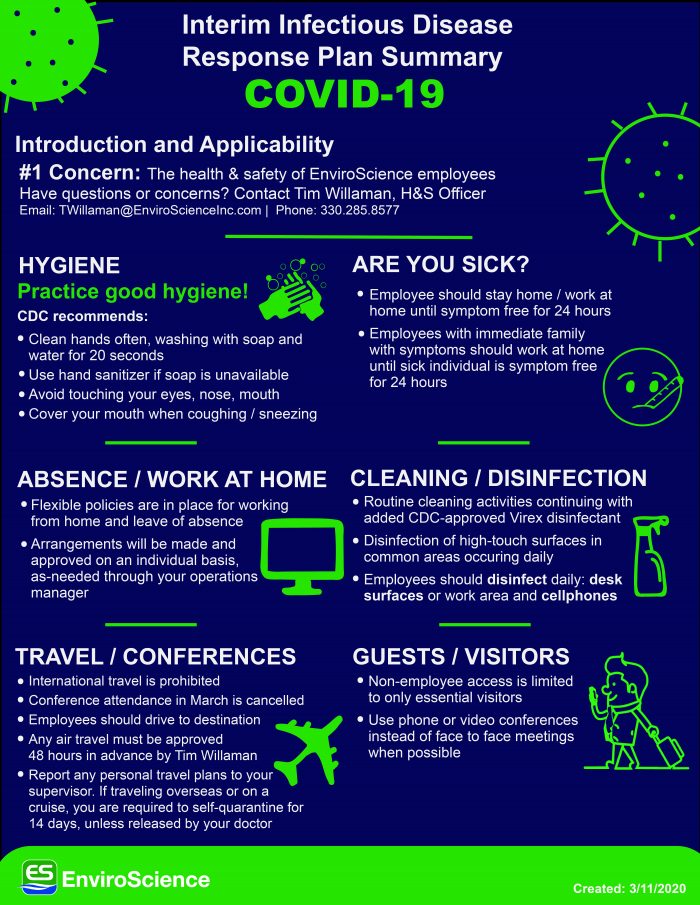
The lockdown will be followed by a return to a three-tiered set of regional restrictions as part of the government's "COVID Winter Plan", it added in a statement. British Prime Minister Boris Johnson will confirm that coronavirus lockdown restrictions across England are to end on December 2, his office said Saturday. Pedestrians wearing a protective face covering to combat the spread of the coronavirus, walk past a Christmas tree in Covent Garden in central London, on November 22, 2020, as the four-week national shutdown imposed in England continues, forcing people to stay home and businesses to close owing to a second wave of the Covid-19 pandemic. The researchers then estimated the impact of each scenario on the projected number of Covid-19 infections, hospitalizations, deaths and medical costs expected from October 1 to March 31.

Three scenarios were examined in the analysis: a baseline scenario in which daily vaccination rates remain unchanged and two scenarios in which booster uptake increased by the end of the year, increasing either to a rate similar to the uptake of flu shots or to reach 80% of eligible people receiving their booster dose. Researchers at The Commonwealth Fund in New York and the Yale School of Public Health in Connecticut updated an analysis originally released in July to examine the potential impact of uptake of Covid-19 booster shots on reducing hospitalizations, deaths and medical costs this fall and winter. What to know about getting updated Covid-19 booster, flu shot at the same time Close up of arm and medical professional. They require adjuvants which are ingredients that help create a stronger immune response.Doctor giving vaccine, flu or influenza shot to patient with injection needle. These vaccines require multiple doses for long term immunity. They focus the immune response on the most important part of the virus for protection. They are relatively safer as there is no genetic material and they cannot replicate inside the body. These vaccines use antigenic protein from the disease-causing virus without any genetic material. No currently available human RNA vaccines.Image: mRNA to Self-Replication to Antigen (protein)

Risk of being integrated to the host genome is averted but, sometimes the RNA molecules may trigger an unintended immune response in the body. These vaccines use a piece of messenger RNA (mRNA) that will produce some of the same antigenic proteins as the disease-causing virus. No currently available human DNA vaccines.Image: DNA to mRNA to Antigen (protein) within a cell Image: DNA Plasmid with gene for SARS-CoV2 antigen There is no risk of infection but there is a possibility that the immune system does not fight against the antigen (tolerance to the antigen). These vaccines use DNA plasmids containing a gene for SARSCoV-2 along with additional genetic elements that will produce some of the same antigenic proteins as the disease-causing virus. Improved efficacy and safety but require high doses to confer immunity. These vaccines are similar to replicating viral vector vaccines except that they cannot replicate inside the body as the key viral replication genes is deleted from the low pathogenic vector virus. Image: The virus replicates inside the body Image: Viral vector encoding target antigen Image: Disease-causing virus + Low – pathogenic virus This creates a strong immune response but may not work for people who are already immune to the low pathogenic virus.

These vaccines use low-pathogenic viruses, which are largely harmless, and alter them into viral vectors that will produce some of the same proteins as the disease-causing virus. Require booster doses as the immunity conferred by these vaccines is weaker than live vaccines. They are safer as the virus is already dead. These vaccines contain whole virus particles, that have been killed or inactivated to keep


 0 kommentar(er)
0 kommentar(er)
